Graphic design, an artistic craft that marries technology with creativity, has become essential in our visually driven world. Initially dominated by complex software and professional techniques, the field now welcomes diverse approaches, especially for beginners. With countless resources available today, diving into graphic design is more accessible than ever. Regardless of your starting point, graphic design enables you to communicate ideas visually, turning concepts into compelling graphics. While this realm may appear daunting at first, in truth, it's a realm brimming with potential and excitement. Embark on your creative journey with the following beginner-friendly graphic design ideas and unleash your artistic flair.
Color theory basics
Exploring the basics of color theory is vital for beginners delving into graphic design, as it forms the foundation for creating visually appealing compositions. Understanding the color wheel helps identify primary, secondary, and tertiary colors, allowing designers to create harmonious color schemes. Complementary colors, positioned opposite each other on the wheel, can create striking contrast, while analogous colors, which sit next to each other, offer a more subtle blend for calming aesthetics. Implementing the concepts of hue, saturation, and brightness enables control over the mood and emphasis within a design, allowing a beginner to experiment with different palettes and understand how colors evoke various emotional responses from the audience.
Typography fundamentals
Beginners diving into graphic design should first grasp the essentials of typography, which involves understanding type anatomy, such as ascenders, descenders, and x-height, allowing a solid foundation to select or create typefaces effectively. Exploring contrast is crucial, as it brings a hierarchy, distinguishing headlines from body text by utilizing different weights, sizes, and styles, such as bold or italic. Kerning and tracking adjustments enhance visual harmony between letters and within words, ensuring readability and balance, particularly in logo design or web layouts. Learning about color theory in typography is also vital, as selecting complementary or contrasting hues amplifies a message's emotional tone, providing an impactful design element that communicates powerfully alongside the text itself.
Layout and composition techniques
Beginners in graphic design should initially concentrate on understanding fundamental layout and composition techniques to create visually appealing designs. The rule of thirds is a vital concept; it involves splitting the design into a 3x3 grid, thereby assisting in the placement of elements to achieve balanced and engaging compositions. Negative space, or white space, is another crucial technique offering breathing room around design elements, ensuring that the viewer's focus is drawn to the main subjects without feeling overwhelmed or cluttered. Additionally, understanding hierarchy is essential, as it guides the viewer's eye through different elements by employing contrast, size, and positioning to prioritize the importance of content, ultimately ensuring that the narrative or message is effectively communicated.
Graphic design software tools
Beginners diving into graphic design should initially focus on mastering user-friendly software tools, which are integral to the craft. Adobe Illustrator and Photoshop reign as industry standards, offering robust platforms for creating vector graphics and intricate photo manipulations respectively. For those desiring free alternatives, platforms like GIMP provide a commendable substitute for Photoshop's bitmap editing capabilities, though the interface may require an adjustment period. Software such as Canva offers a simplified design experience, ideal for novices seeking to create visually appealing designs with drag-and-drop functionalities and access to numerous templates and resources, facilitating a balanced introduction to the complexities of graphic design.
Visual hierarchy principles
Understanding visual hierarchy is paramount for beginners delving into graphic design, as it involves arranging elements to guide the viewer's gaze naturally and to communicate the intended message effectively. Start by mastering scale and proportion, which ensure that the most important information is the most prominent part of the design. Experiment with contrast using colors, shapes, and textures to differentiate and organize your elements, making sure that the focal point stands out distinctly against the background. Pay attention to alignment and spacing, as these influence the viewer's ability to navigate the design and impact the overall balance and harmony of the composition.
Brand identity creation
Begin by exploring color theory to understand how different colors can evoke distinct emotional responses and align with a brand's message, which is crucial in establishing a compelling brand identity. Delve into typography, selecting fonts that not only complement the brand's aesthetic but also enhance readability and memorability, thus cementing the brand's presence in consumers' minds. Utilize simple iconography and shapes to create logos that are versatile yet distinctive, ensuring they are versatile enough to be used across various media while still conveying the core values of the brand. Develop a consistent visual language, including patterns and imagery style, to maintain uniformity across all platforms, as this cohesion reinforces brand recognition and credibility, establishing a strong foundation for brand identity.
Digital illustration techniques
For beginners delving into digital illustration, it's crucial to start by mastering vector-based software like Adobe Illustrator due to its scalability and precision of designs, focusing initially on simple shapes and lines to build a strong foundational understanding. A great exercise would be to utilize the pen tool to create basic geometric forms, such as circles and squares, then combine them to form more complex compositions, enabling beginners to comprehend layering and grouping of elements effectively. Exploring color theory through digital tools like the color wheel within these programs allows novices to experiment with harmonious color schemes, thus enhancing the aesthetic appeal of their work while also learning about the emotional impact of different shades and tones. Beginners should also experiment with digital brushes to replicate textures such as watercolors or oil paints, incorporating them into their illustrations to add depth and dimension, which will not only diversify their technique repertoire but also develop their personal style over time.
User interface design essentials
User interface design essentials for beginners pivot on understanding the fundamental principles of layout, typography, color theory, and interaction design to create intuitive, user-friendly interfaces. Grasping the concept of spatial hierarchy aids in organizing content effectively, ensuring users can navigate with ease and find the information they need swiftly, which is crucial in enhancing user experience. Typography isn't just about choosing the right font; it's about creating a visual language that aligns with your brand's identity while considering readability, contrast, and scale to impact user engagement positively. Color theory involves selecting a harmonious palette that not only captivates the user's attention but also guides them intuitively through the interface, using color to signify actions, create depth, and evoke emotions, ensuring a seamless interaction flow.
Creative problem-solving strategies
Beginners in graphic design can enhance their creative problem-solving abilities by first delving into the basics of color theory, as understanding how colors interact can fundamentally alter the perception of a design piece. Adopting a sketching phase before moving to digital platforms allows for the exploration of various concepts without the constraints of software, encouraging a free flow of ideas. Analyzing and deconstructing existing designs can reveal the underlying structure and reasoning behind certain aesthetic choices, fostering a deeper understanding of successful design strategies. Regularly seeking feedback from peers or mentors can provide fresh perspectives and constructive criticism, stimulating growth and encouraging innovative solutions to design challenges.
Print design basics
Begin your journey into print design by immersing yourself in understanding the fundamental elements such as color theory, typography, and composition, which serve as the backbone of any compelling design. Take time to explore the distinct qualities of CMYK color modes for printing, as opposed to the RGB used for digital designs, ensuring your prints maintain vibrancy and accuracy. Equally crucial is mastering the art of layout and spacing, enabling you to effectively harness grids and margins to create designs that are both aesthetically pleasing and functionally sound. Invest in learning about different paper types and finishes, since the tactile sensation and visual appeal of a printed piece can be significantly influenced by the choice of stock, adding another dimension to your creative toolbox.












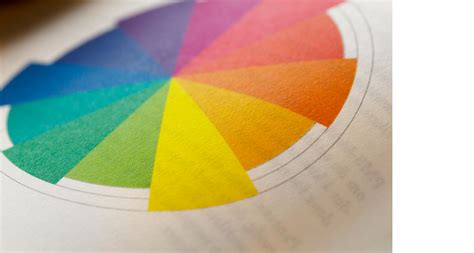

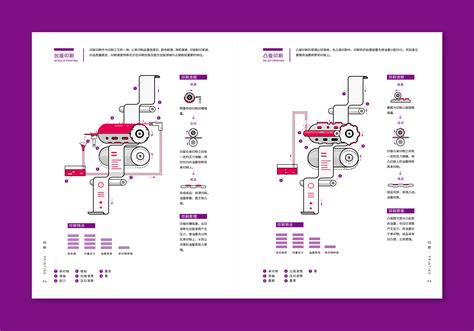
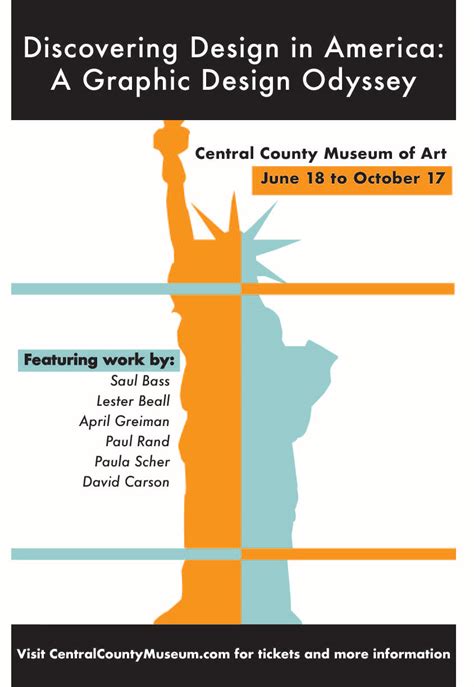


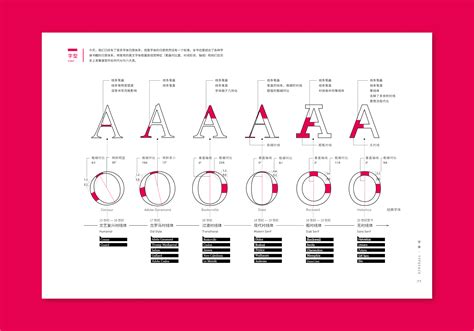



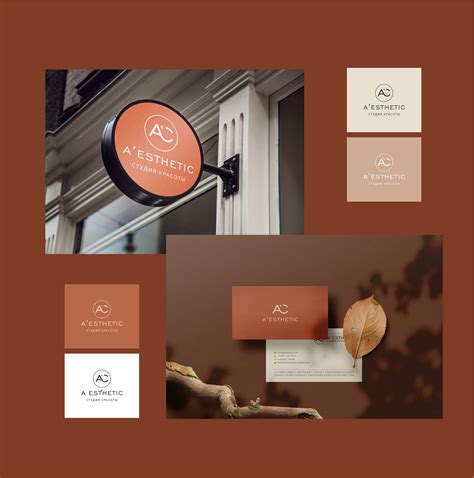


Leave a Reply
Your email address will not be published.